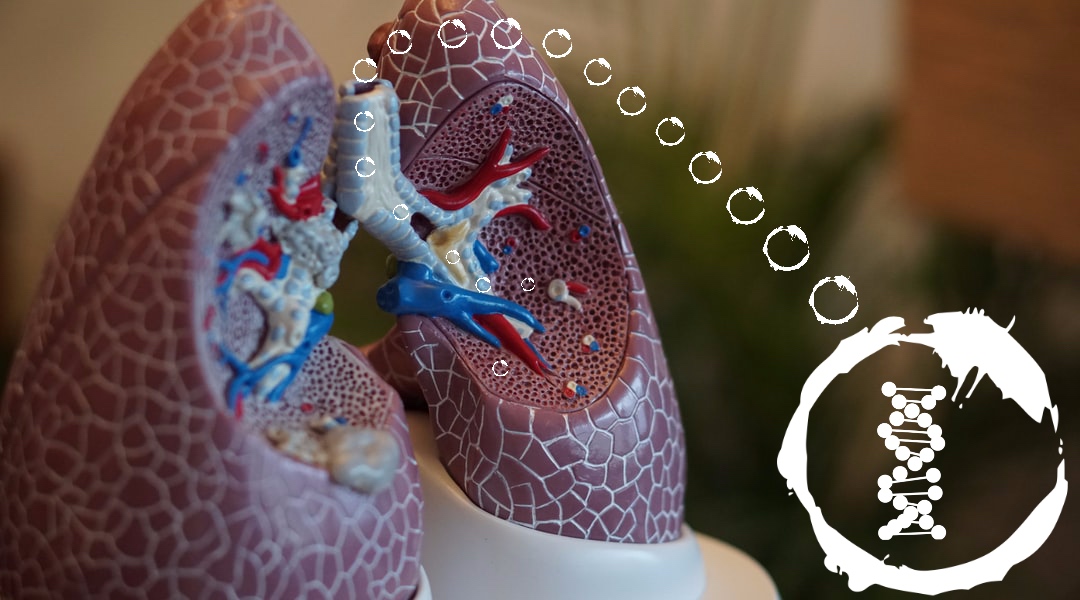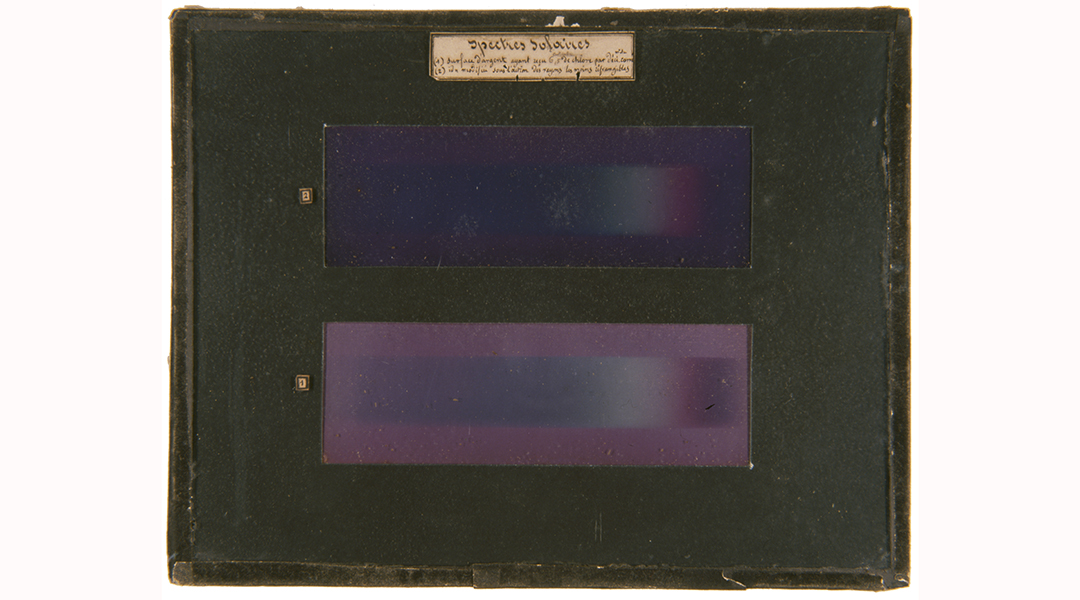The combination of ionic liquids with polymers allows the development of smart materials with superior properties and tailored functionalities for several areas of application.


The combination of ionic liquids with polymers allows the development of smart materials with superior properties and tailored functionalities for several areas of application.

Researchers from Taiwan and Japan have developed a low-cost, intelligent soft robotic finger using paper electronics.

Using a micro-3D-printing technique, researchers were able to print detailed robotic parts that are smaller than the diameter of a human hair and display color-expressing features for microrobot tracking and identification.

Near-infrared sensors and displays developed based on the maximized efficiency of optical wavelength conversion.

A nanocarrier that can deliver siRNA into the lungs is investigated for the treatment of severe asthma and other lung diseases.

Researchers build multi-layer, flexible circuits in which the connections between circuit layers are made by ultrasonic welding.

Mystery solved! Scientists finally understand the origin of the colors observed in the first color photographs taken by physicist Edmond Becquerel in 1848.

Researchers report a fast and efficient titanium alloy processing technique that requires up to 50% less heat.

A cost‐effective and environmentally benign inkjet‐printing technique with resolution of less than 10 µm.

Bridging the gap between biology and electronics, researchers develop biocompatible materials for next generation biosensors, cell monitoring, neuromorphic computing, and more.